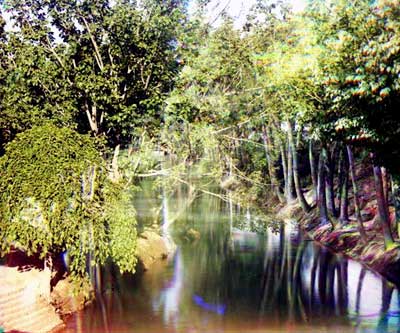Virtually all governments accept that settlements with more than 20,000 inhabitants are urban centres but disagree about where to draw the line between urban and rural for settlements with fewer than 20,000 inhabitants. Some classify all settlements with only a few hundred inhabitants as ‘urban’ while others consider most or all settlements with up to 20,000 inhabitants as ‘rural’. This has significance for two reasons: a very high proportion of people live in settlements with between 500 and 20,000 inhabitants; and their designation as urban populations generally means more government structures and improved provision for water and sanitation.
Roughly 3% of the earth’s land surface is occupied by urban areas, with the highest concentrations occurring along the coasts and waterways.
Read more


